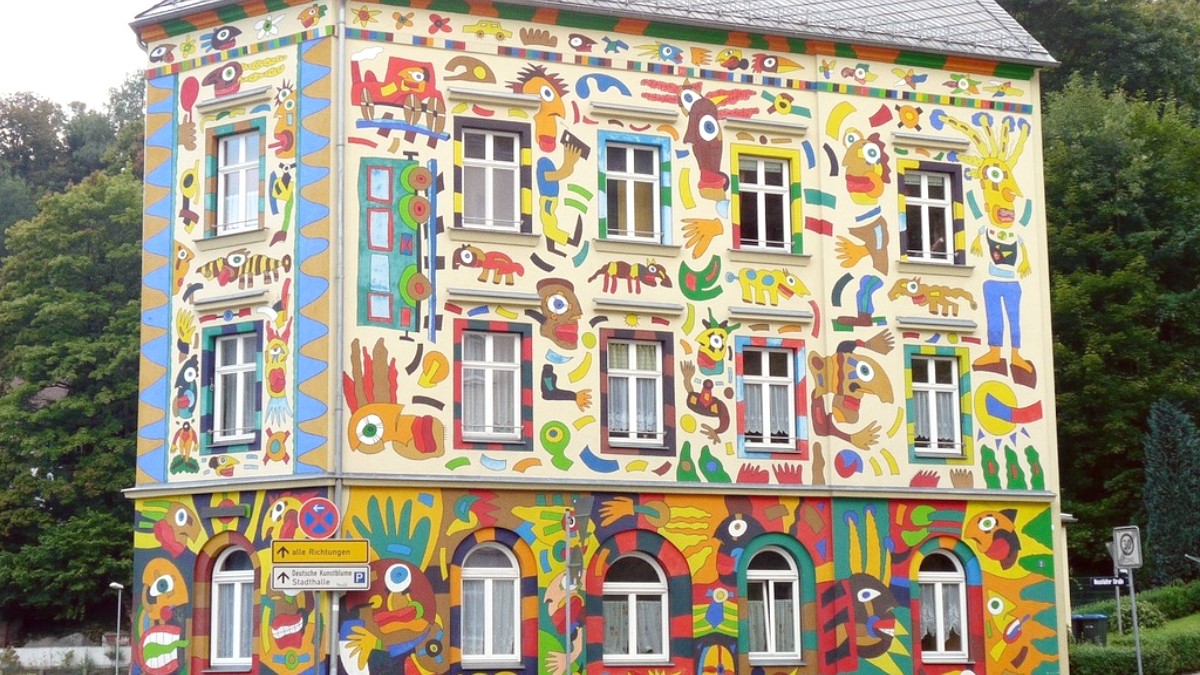
Spain
The pantry of Catalan cuisine is rich and varied. You will find extensive use of olive oil, ripe tomatoes, garlic, bell peppers (especially roasted), and eggplant. From the sea, cod, prawns, mussels, and various white fish are common.
Meats include pork (often cured, like jamón serrano or botifarra sausage), rabbit, and chicken. Rice and beans are staple carbohydrates. Seasonal mushrooms are prized in autumn. Flavors are typically robust, savory, and deeply aromatic, reflecting the sun-drenched landscape and traditional cooking methods. Fresh herbs like rosemary, thyme, and bay leaf also play a role.
Dining times in Spain are later than in many other countries. Lunch ("dinar") is the main meal of the day, typically served between 2:00 PM and 4:00 PM. Dinner ("sopar") is eaten much later, usually from 9:00 PM onwards, sometimes even later, especially on weekends. Many restaurants close their kitchens between the end of lunch service and the beginning of dinner service, often from 4:00 PM to 8:30 PM. Plan your meals accordingly.
"Tapas" are small plates or appetizers intended for sharing, often enjoyed with a drink before lunch or dinner. It is a social way to eat, allowing you to sample several different dishes.
A popular and excellent value option for lunch is the "Menu del Día" (menu of the day). This fixed-price lunch menu, typically available on weekdays, usually includes 2-3 courses, bread, and a drink (wine, beer, or water) for a set price. It offers a taste of local cuisine at a budget-friendly rate.
Toasted bread rubbed with fresh ripe tomato, drizzled generously with olive oil, and seasoned with a pinch of salt. A simple yet symbolic staple.
Find it everywhere, from breakfast cafes to high-end restaurants.
A rich, flavorful fish and seafood stew. Various local fish, prawns, mussels, and sometimes potatoes. Savory broth often thickened with almonds or bread.
Seek it in restaurants specializing in seafood or traditional Catalan cuisine.
Classic Catalan comfort food. Grilled botifarra, traditional Catalan sausage, with white beans, typically sautéed with garlic and herbs.
A hearty, traditional dish popular in rustic and mid-range restaurants.
Sandwiches with crusty baguette-style bread, often cured meats, cheese, or Spanish omelet. Quick and satisfying. Available at many cafes and bars.
Long, ridged fried dough pastries, often with thick hot chocolate for dipping. Popular breakfast or afternoon snack. Look for "churrerías."
Figueres has restaurants with modern Catalan cuisine, creative tasting menus, refined dining. Highlight local ingredients with innovative techniques. Booking in advance is a good idea.
Abundant throughout the city center (Rambla, Dalí Museum area). Comfortable dining with traditional Catalan dishes, various tapas, sometimes international cuisine. A satisfying meal at reasonable prices.
For quick, affordable meals, explore the numerous small cafes, bakeries ("forns"), and bars. Inexpensive sandwiches ("bocadillos"), pastries, and simple tapas. Perfect for a casual breakfast or lunch.
A bustling hub for fresh produce, meats, cheeses, fish, and local products. Open during morning hours, Monday through Saturday. A genuine glimpse into local life.
Opportunity to purchase fresh ingredients.
Figueres hosts outdoor markets on Tuesdays, Thursdays, and Saturdays. These markets sell a wide range of goods, including some prepared foods and snacks, alongside clothing and household items.
Experience a lively local commerce scene.
Pizzerias and pasta restaurants commonly found.
Chinese restaurants, and sometimes other Asian options.
A selection of other international cuisines, providing variety.
Most international options are in the city center.
Halal and kosher options are very limited in Figueres. For strict requirements, self-catering (using ingredients from supermarkets) is the most reliable choice.
Larger cities like Barcelona have more specialized restaurants or shops.
Awareness of gluten-free ("sin gluten") and other allergens is growing among Spanish restaurants. Larger or more modern establishments may have specific menus or can advise on gluten-free options.
Always inform your server of your dietary needs clearly.
Larger or more modern establishments may have specific menus or can advise on gluten-free options ("sin gluten").
For those with very strict dietary requirements (e.g., severe allergies, specific religious dietary laws), self-catering is the most reliable option.
Cooking classes focusing on Catalan cuisine are readily in nearby Girona or Barcelona. These classes give a hands-on opportunity to learn local recipes and techniques.
The Empordà region, surrounding Figueres, is known for its agricultural products. Wineries, olive oil mills, and artisanal producers dot the landscape.
Look for small producers of cheese, cured meats, or other local specialties, especially at local markets.
The Empordà DO is the local wine region, with a range of quality red, white, and rosé wines.
Cava, Catalonia's sparkling wine, is a refreshing choice for aperitifs.
Crema Catalana, Catalonia's version of crème brûlée, is a creamy custard. Panellets are small, round marzipan-based pastries.
Both are widely available at local bakeries and restaurants.
Immerse yourself in Figueres' unique culinary scene. From traditional "mar i muntanya" dishes to the market atmosphere, there are many ways to savor the local flavors. Don't miss trying the local Empordà wines with your meal.
Try a "Menu del Día" for great lunch value. Sample various "tapas" for a social dining experience. Plan late dinners to fit local customs.
Visit the Mercat Municipal for fresh local produce. Look for Dalí-inspired cafes for an unique ambiance.
Be open to new flavors and the local way of dining.